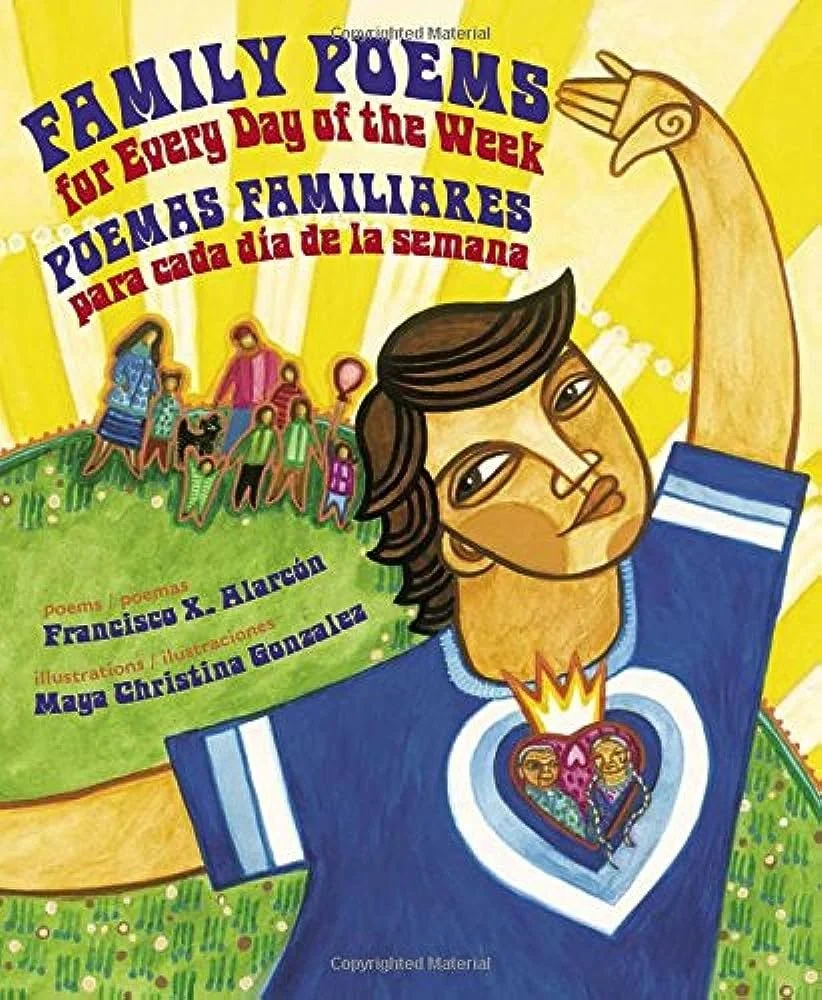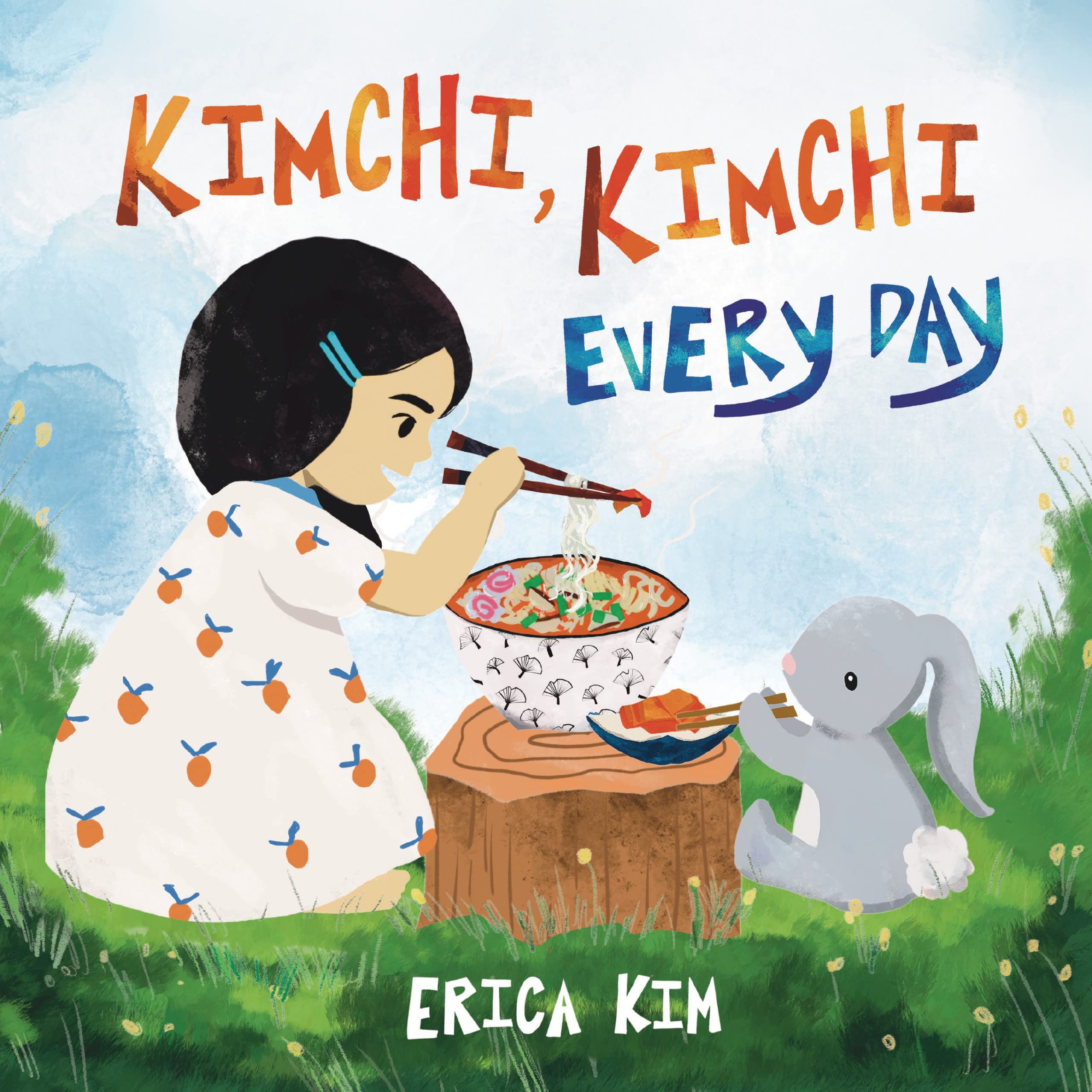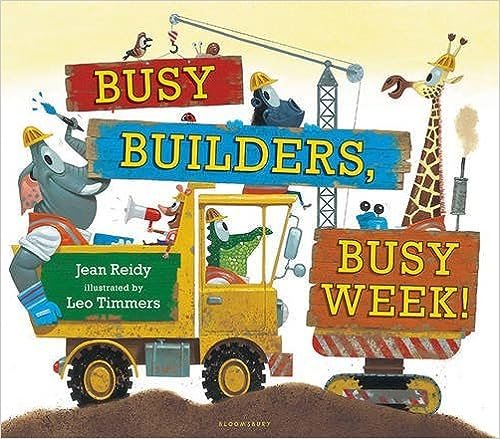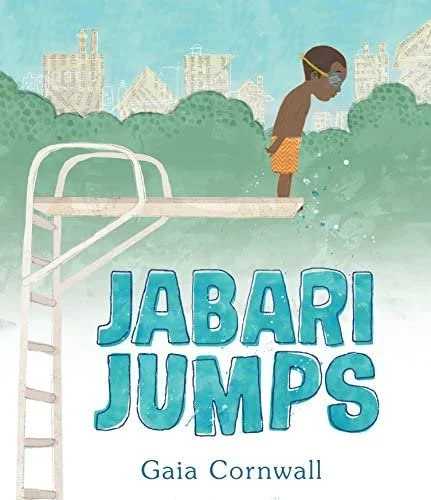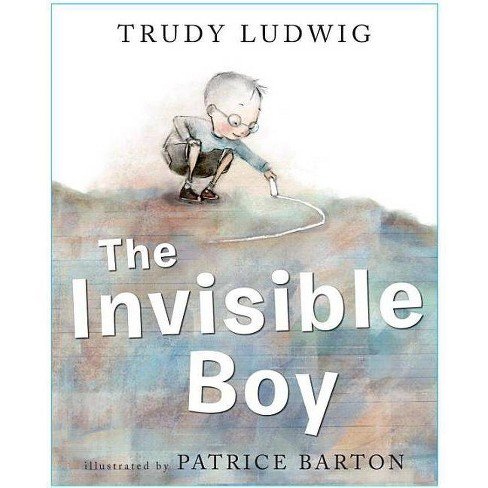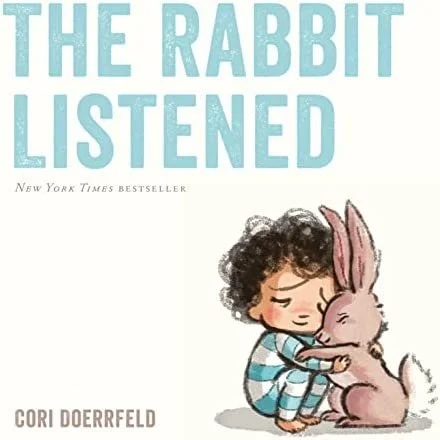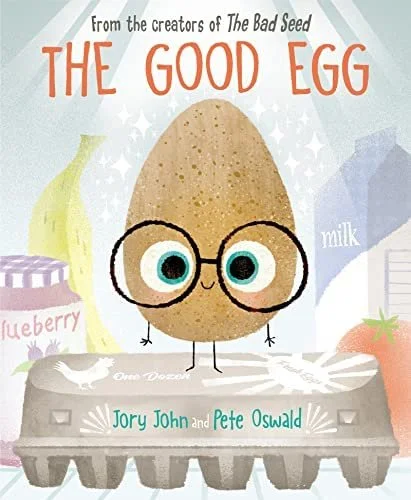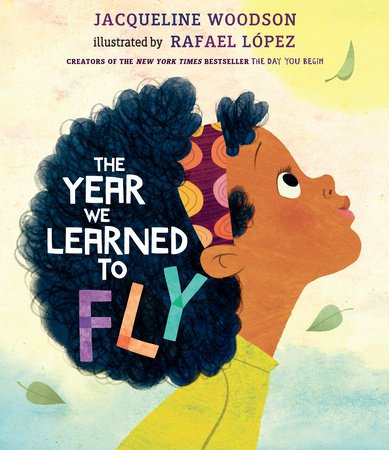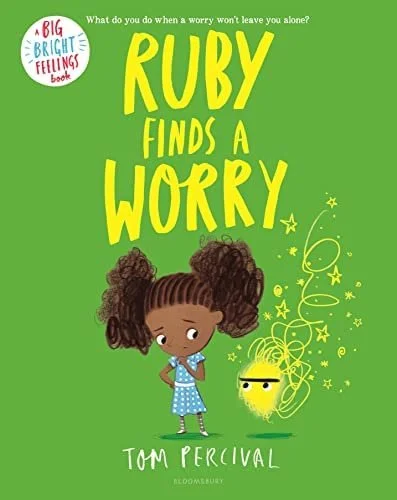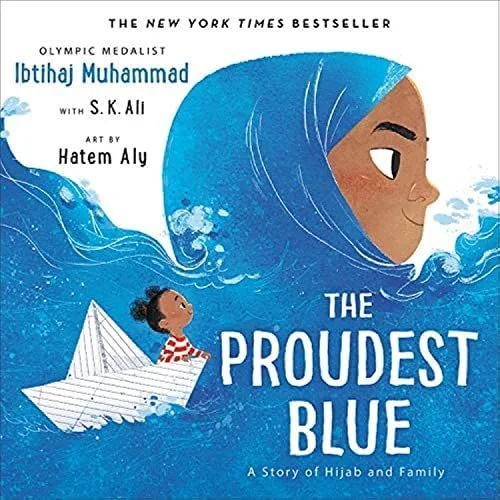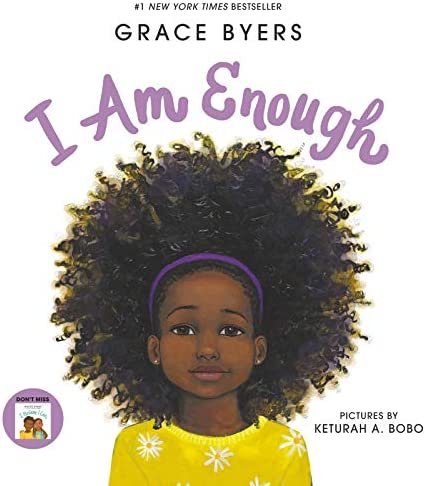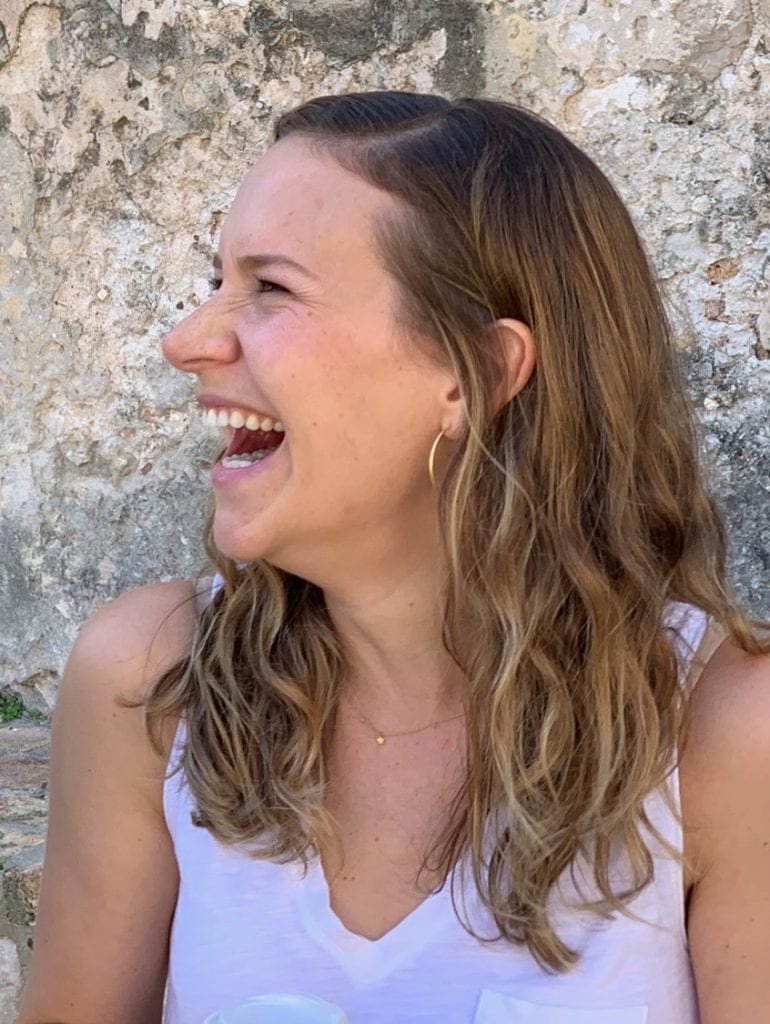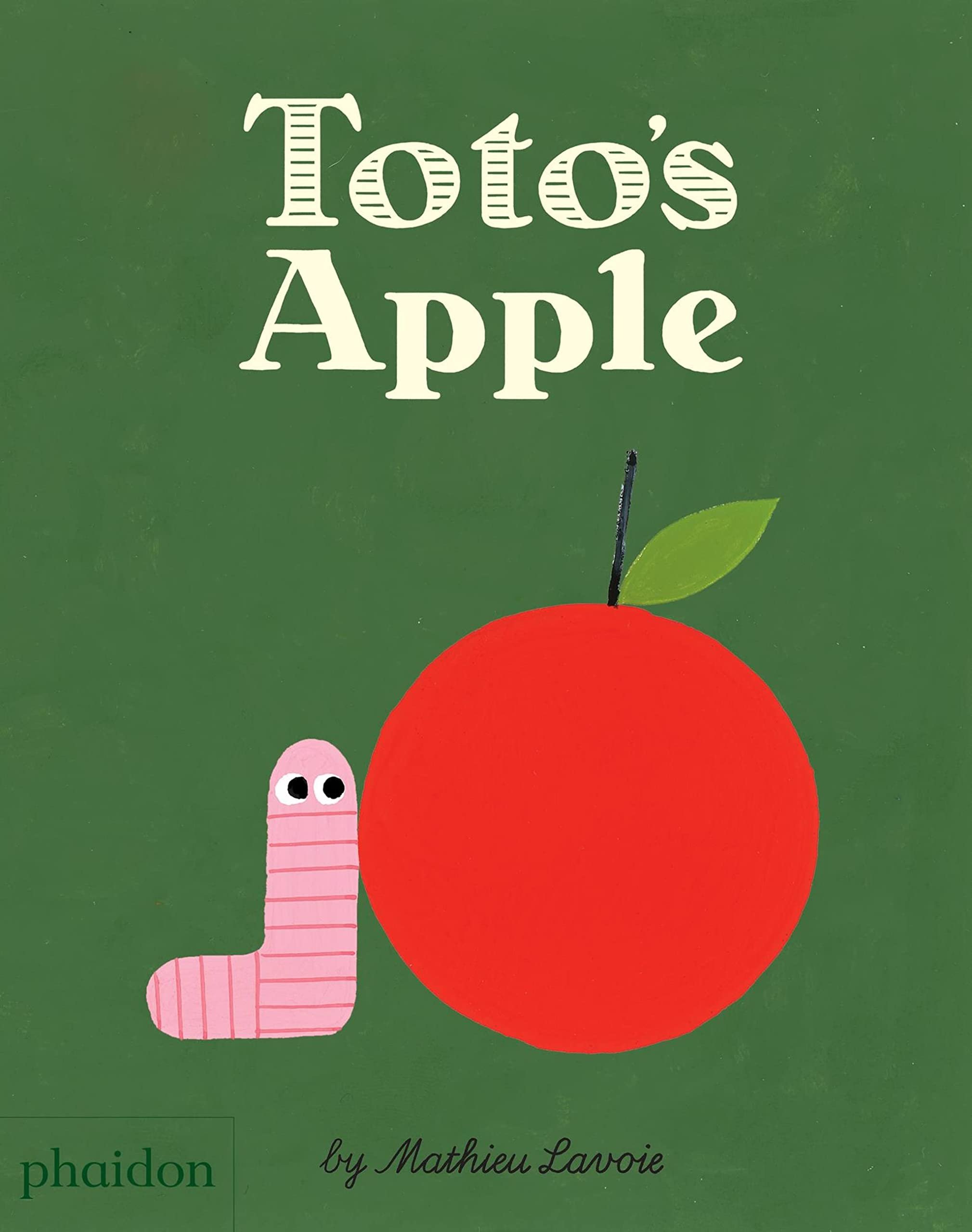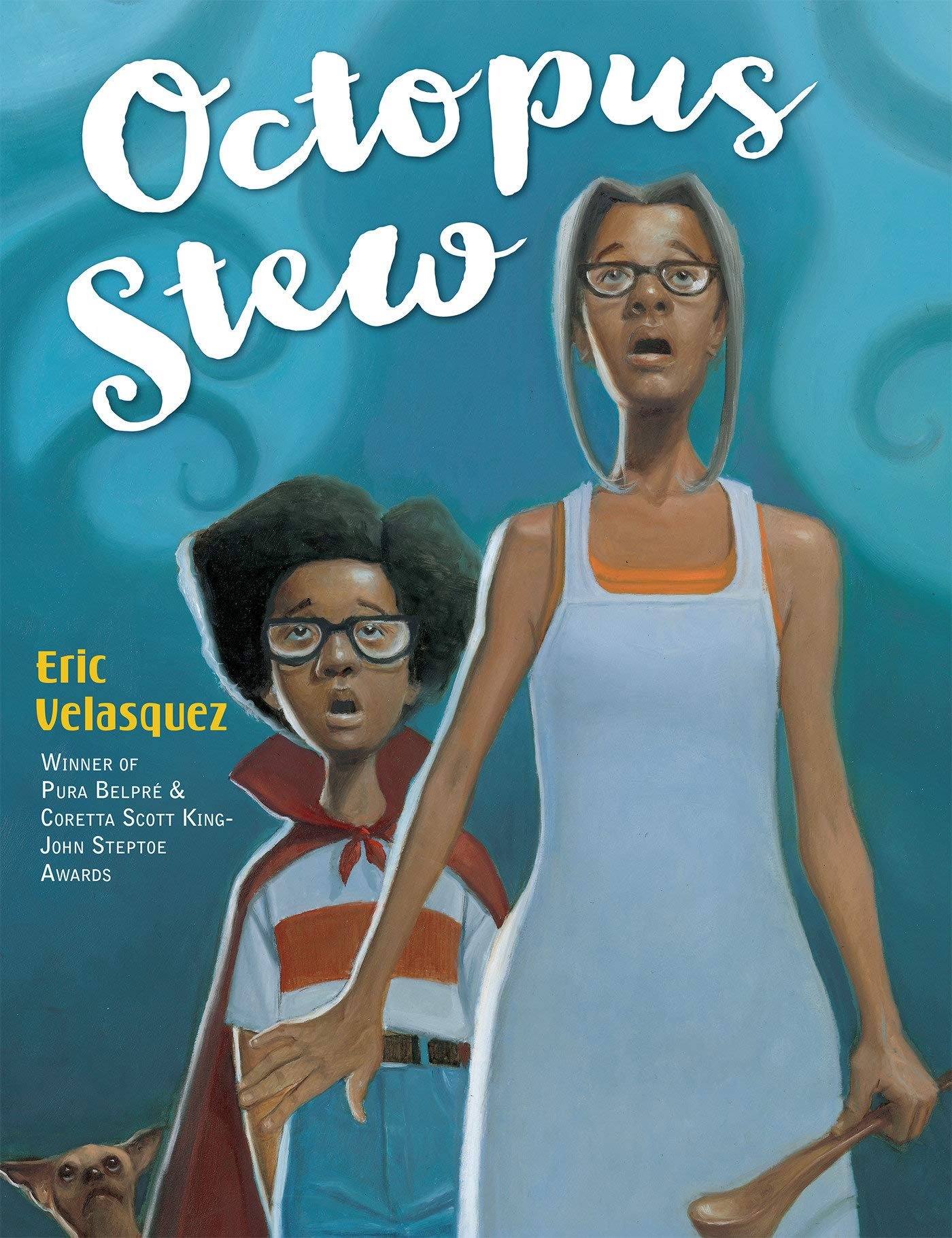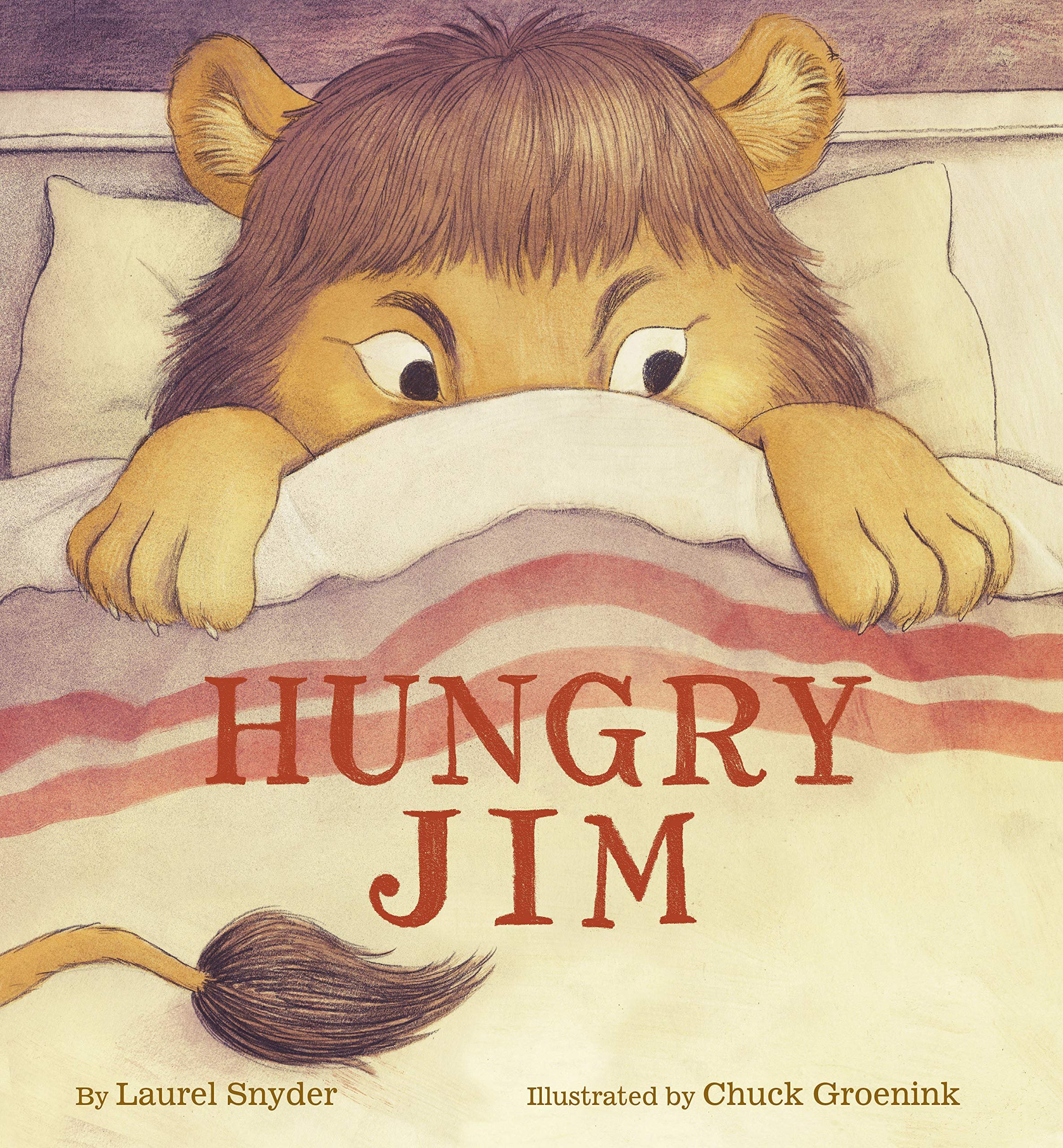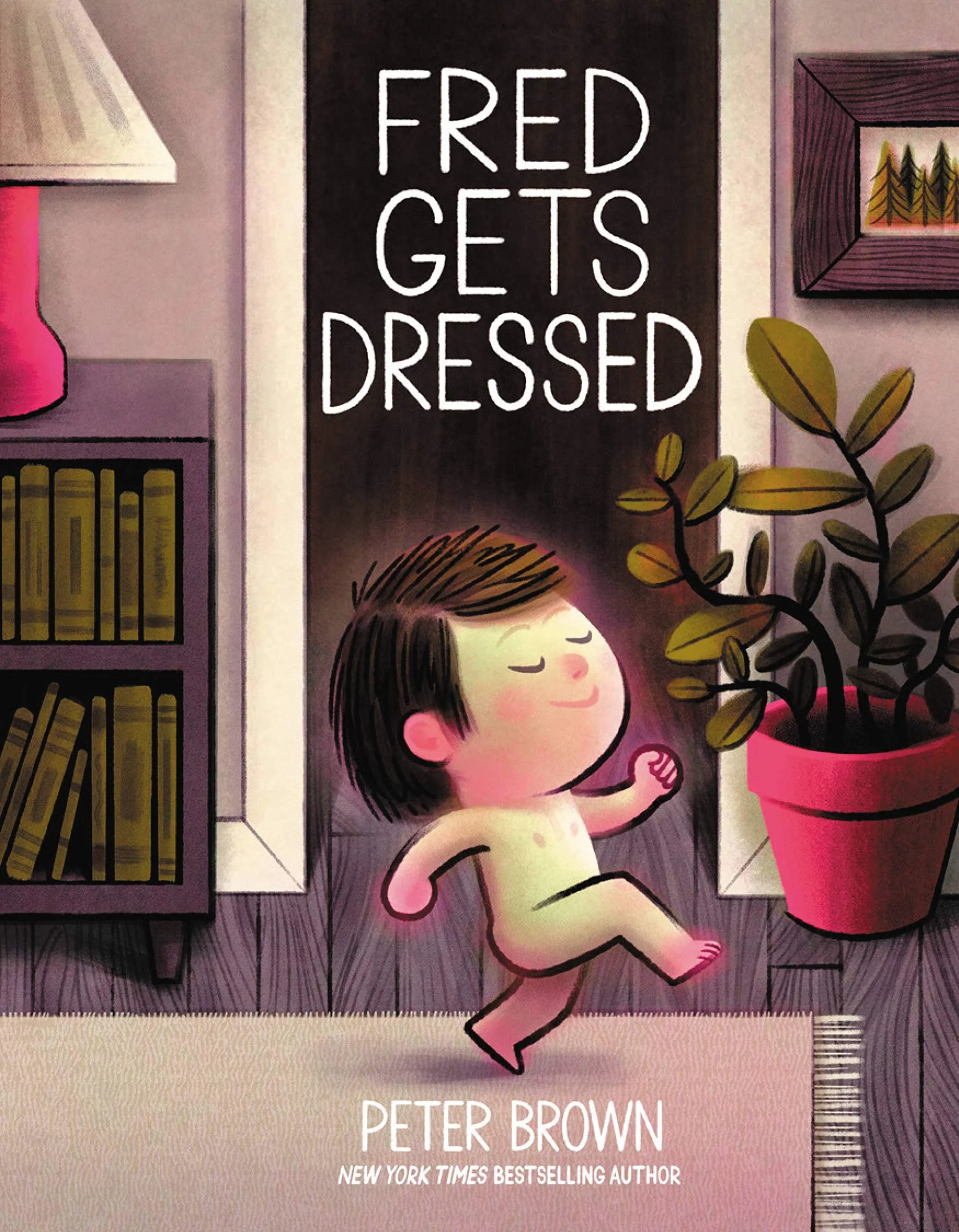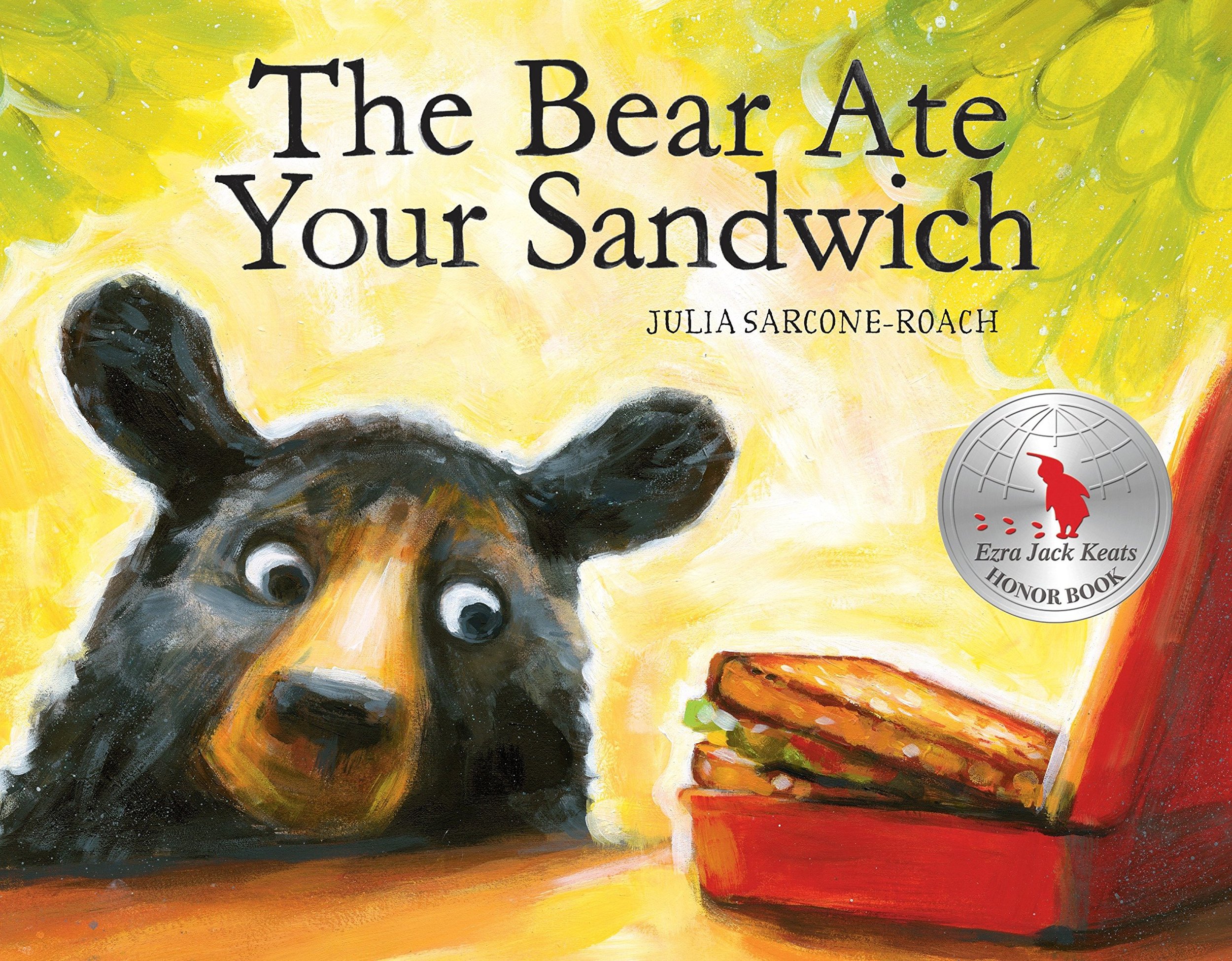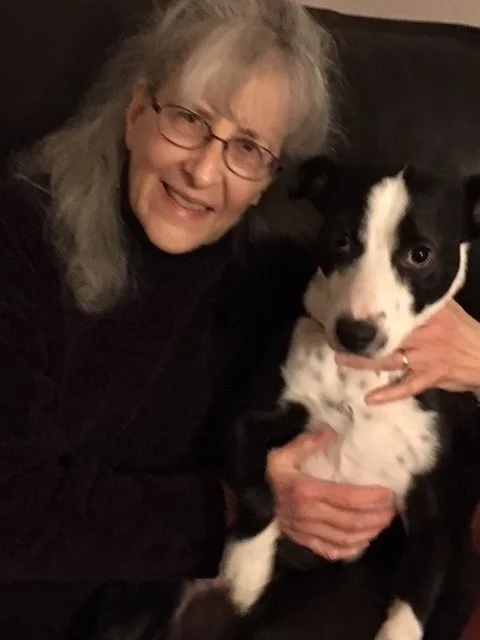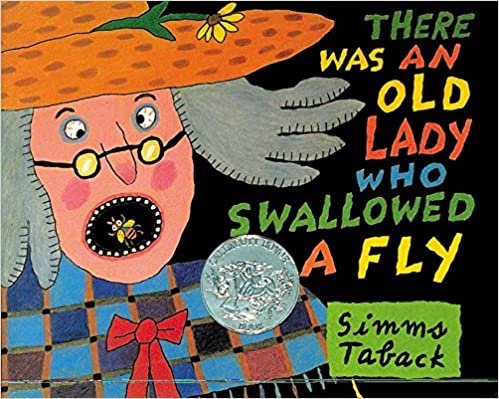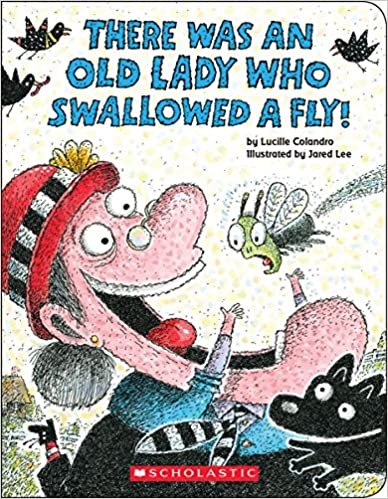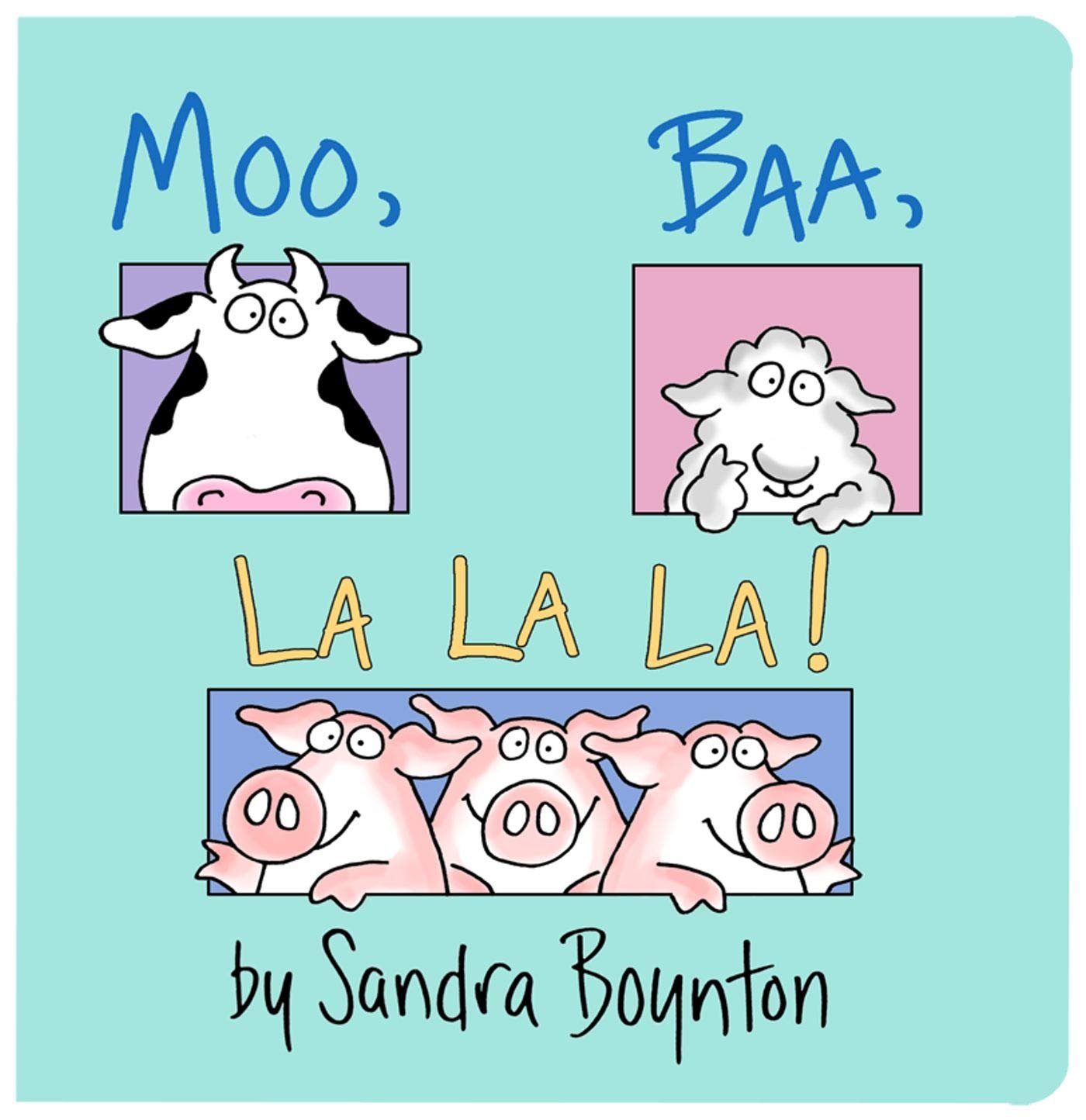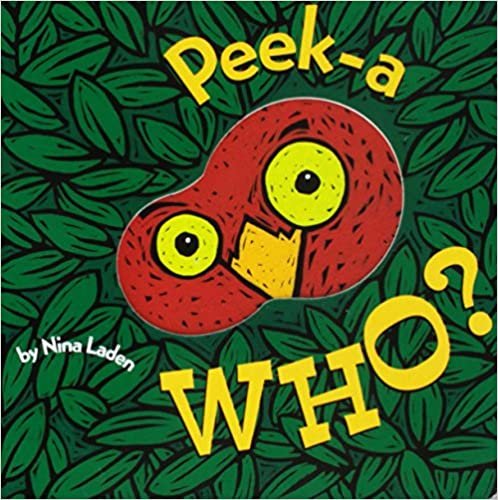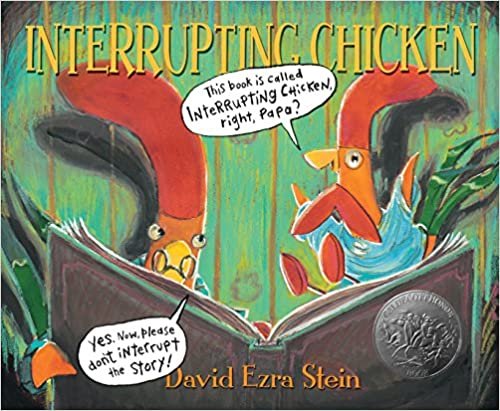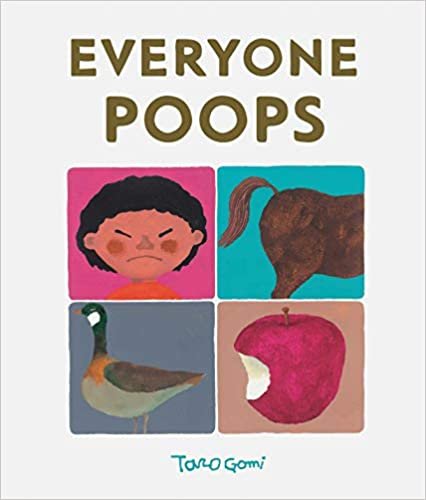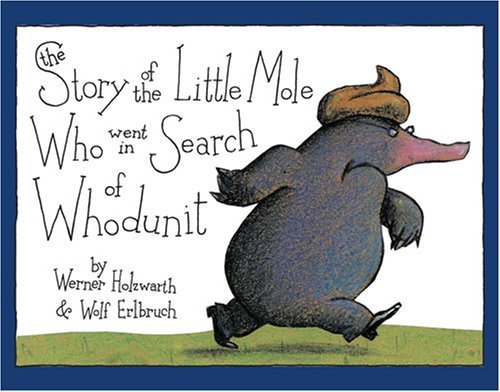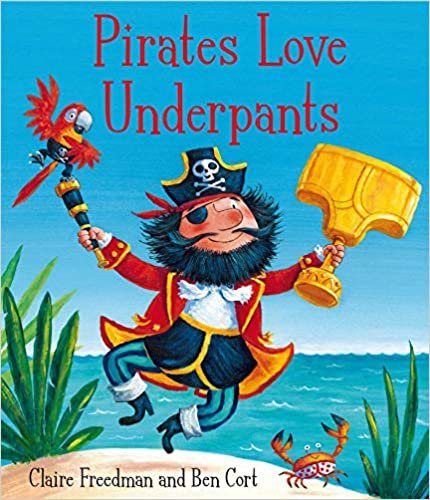Our 2023 Picture Book Writing Challenge was a great success! About 35 of you participated as we tried new genres, flexed our creative muscles, and grew as writers! I ended up writing nine of the ten genres, plus three other picture books. Even if none of these books ever get published, I love trying new things, challenging myself creatively, and getting stories down on paper. I 100% believe it’s worth every minute!
Who’s in for 2024? We’ve already covered the main picture book genres, so we’ll be digging a little deeper to explore some new, fascinating topics. Remember, anyone can join the challenge—and no one needs to read what you write! We’ve designed this experience to inspire you to learn and grow as a writer and creator, not to pressure you for results.
How it Works:
Register by commenting on this blog post.
Read the blog posts posted throughout the month for inspiration: an intro to the genre, ten favorite picture books in that genre, and author blog posts.
Write a picture book manuscript in the prescribed genre!
Remember—the Picture Book Writing Challenge is designed as a personal challenge for yourself—no critiquing or sharing manuscripts is needed!
Let the World Know:
Save this image and post to your social media—let the world know you are participating! Tag me at @stefaniehohl so I can like and share your post!
And now, the moment you’ve all been waiting for… Here’s the 2024 Picture Book Writing Challenge genre list!







